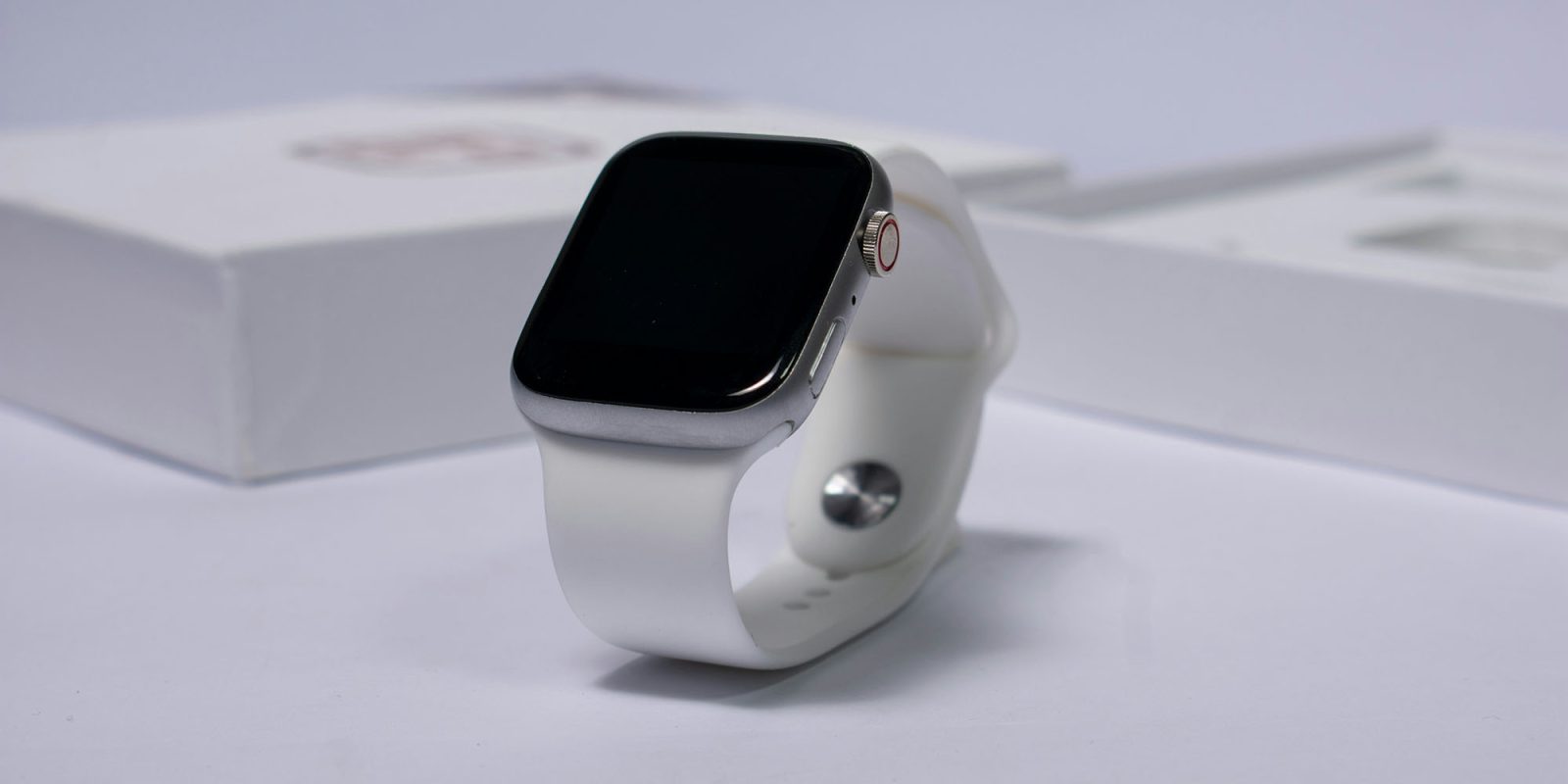
An interesting look behind the scenes of the court battle between Apple and health tech company Masimo reveals that jailbreaking an iPhone re-enables blood oxygen measurement on an Apple Watch.
The same report notes that even if Apple doesn’t succeed in its appeal against the import ban, it will be able to re-enable the feature by August 2028 at the latest, when Masimo’s patent expires …
The story so far
In principle, all Apple Watches have been able to measure blood oxygen using a pulse oximeter built into the hardware right from the start – it simply wasn’t enabled, perhaps because the company wasn’t satisfied with the accuracy of readings in early models.
In 2013, Apple entered into discussions with health tech company Masimo about partnering on bringing the feature to the Apple Watch. Masimo CEO Joe Kiano later expressed concern that Apple may have been trying to steal the company’s blood oxygen sensor technology. The company describes itself as “the inventors of modern pulse oximeters,” and its tech is used in many hospitals.
Apple did indeed hire a number of Masimo staff, including the company’s chief medical officer, ahead of the launch of the Apple Watch.
In 2020, the company sued Apple for stealing trade secrets and infringing 10 Masimo patents. The lawsuit asked for an injunction on the sale of the Apple Watch.
In 2023, a US court ruled that Apple had infringed one of Maximo’s pulse oximetry technology patents, a ruling later backed by the International Trade Commission. In January of this year, Apple paused sales of Apple Watch Series 9 and Ultra 2 in the US. Shortly afterwards, it resumed sales of models without the feature. This changed involved a “hardware designation” that blocked the feature on newly-sold models without affecting ones already owned.
A jailbroken iPhone can re-enable O2 measurement
Despite that hardware designation – likely nothing more than an internal code used to distinguish affected models – Masimo was able to demonstrate that the feature could be re-enabled using a jailbroken iPhone.
Legal site IP Fray notes that Masimo argued to US Customs (responsible for enforcing the import ban) that this proved the measure taken by Apple wasn’t sufficient. However, Masimo lost this argument.
The “alteration” that Masimo performed involved jailbreaking older iPhones that those newer Watches don’t even connect with. They couldn’t make it work with newer iPhones, at least not during the limited amount of time they had before U.S. Customs decided, but those newer phones may just be too well protected anyway.
There’s no question that jailbreaking is a rather intrusive measure. It has serious implications. It’s not done by a lot of people. And in this case, it even required the use of older iPhones. All of that combined led those U.S. customs officials to determine that what Masimo did to reenable pulse oximetry on those workaround Apple Watches constituted a significant alteration.
What the demonstration confirmed is what seemed a certainty anyway: Apple can simply flip a software switch later to re-enable the feature on blocked models.
Apple will be able to re-enable by August 2028
Apple has appealed the ruling, and the site outlines the process from here.
A hearing may still take place this year. Thereafter, the Federal Circuit will take its time to decide. If Apple loses, it can petition the Supreme Court of the United States, though that court rejects most such petitions. If Apple wins, Masimo can petition the Supreme Court, but the ban would probably be lifted until the top court has decided.
However, even if Apple ultimately loses the appeal, the patent expires in August 2028, at which point the company will be free to re-enable the feature through a software update.
Via MacRumors. Photo by Infino Photography on Unsplash.
FTC: We use income earning auto affiliate links. More.

